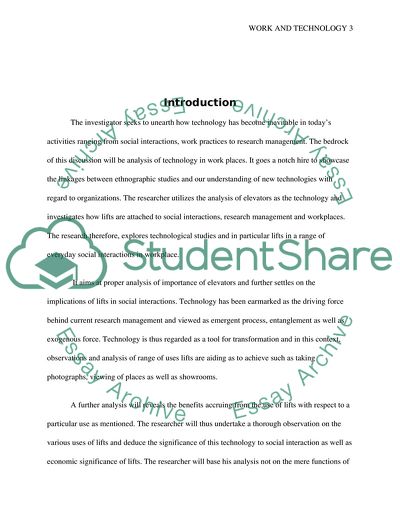Cite this document
(How Technology Has Become Inevitable in Todays Activities Term Paper, n.d.)
How Technology Has Become Inevitable in Todays Activities Term Paper. Retrieved from https://studentshare.org/technology/1837239-lift-observation
How Technology Has Become Inevitable in Todays Activities Term Paper. Retrieved from https://studentshare.org/technology/1837239-lift-observation
(How Technology Has Become Inevitable in Todays Activities Term Paper)
How Technology Has Become Inevitable in Todays Activities Term Paper. https://studentshare.org/technology/1837239-lift-observation.
How Technology Has Become Inevitable in Todays Activities Term Paper. https://studentshare.org/technology/1837239-lift-observation.
“How Technology Has Become Inevitable in Todays Activities Term Paper”, n.d. https://studentshare.org/technology/1837239-lift-observation.


